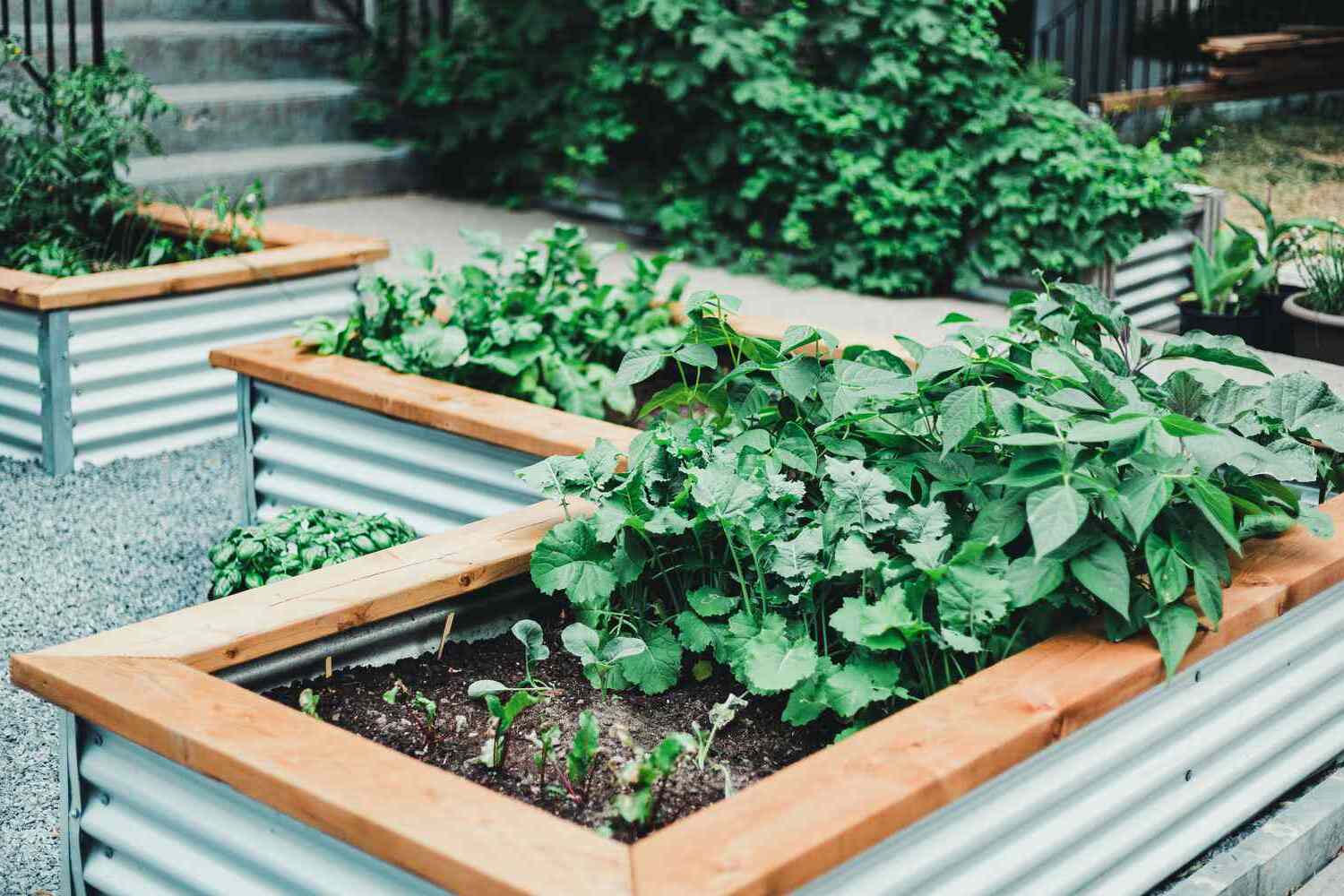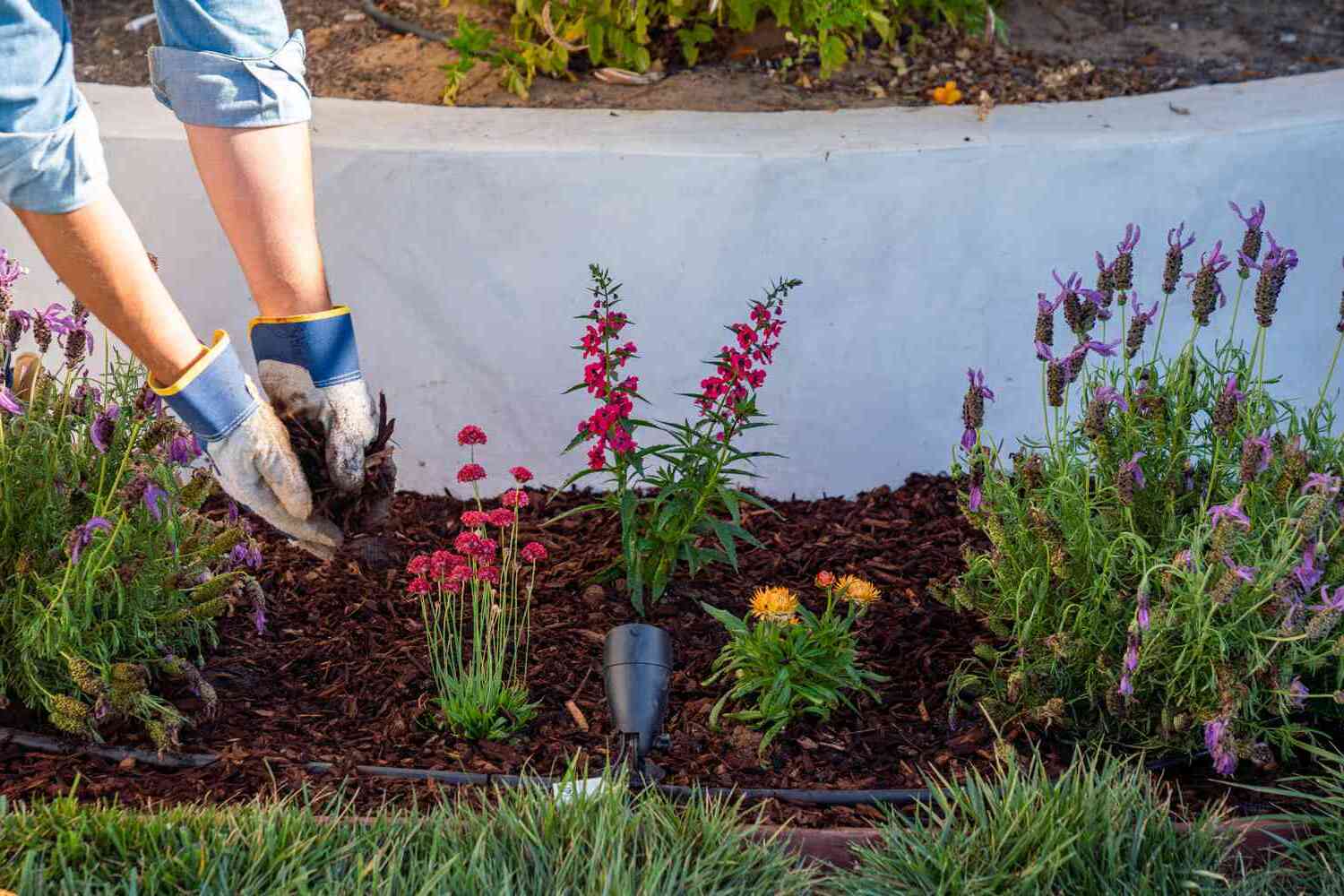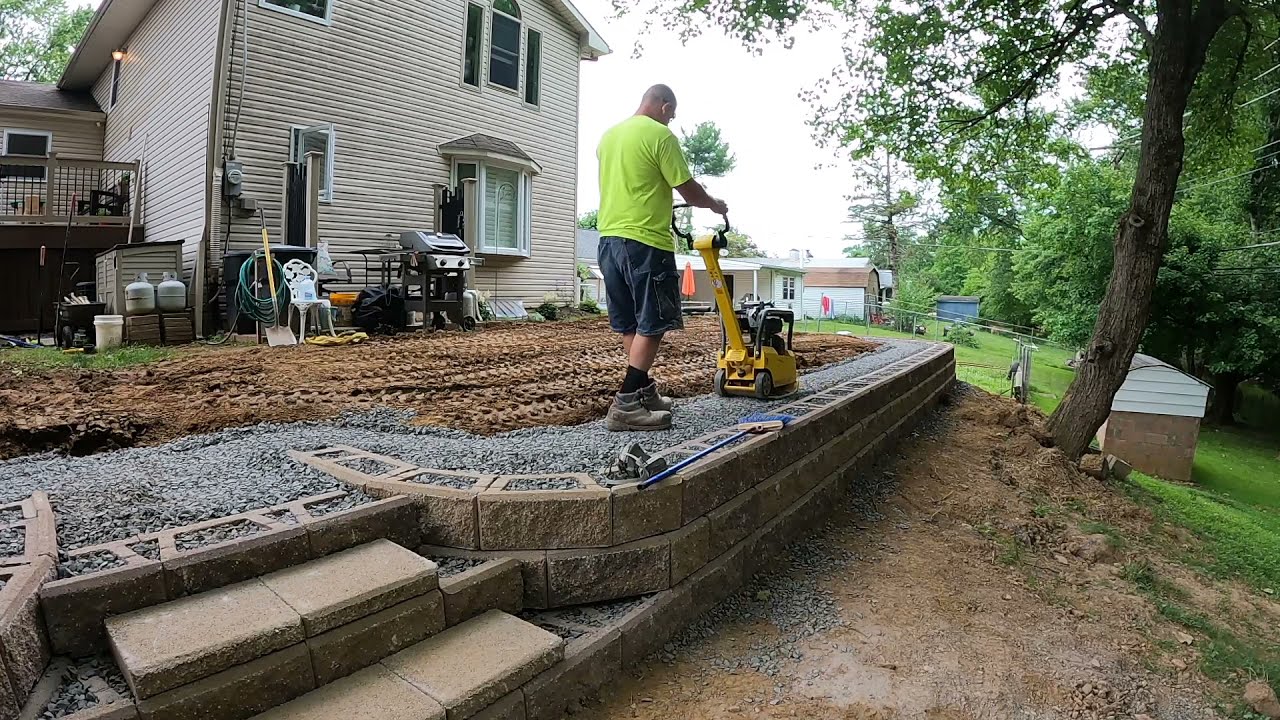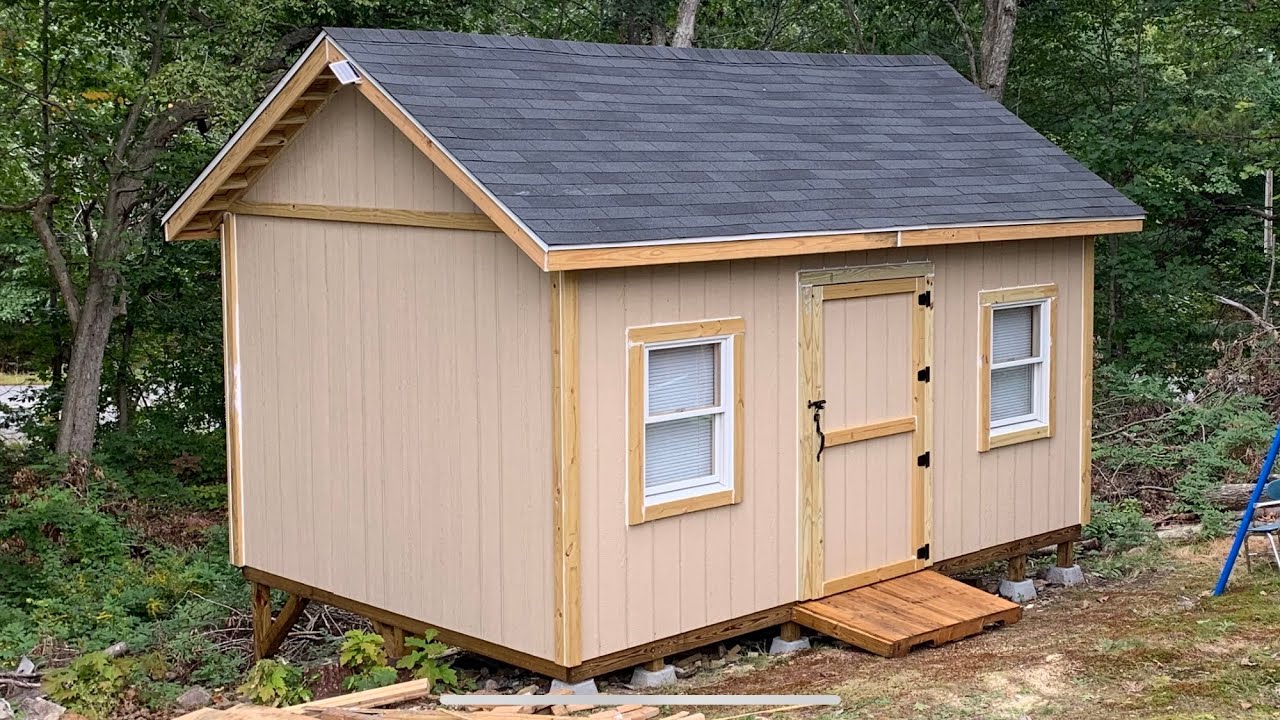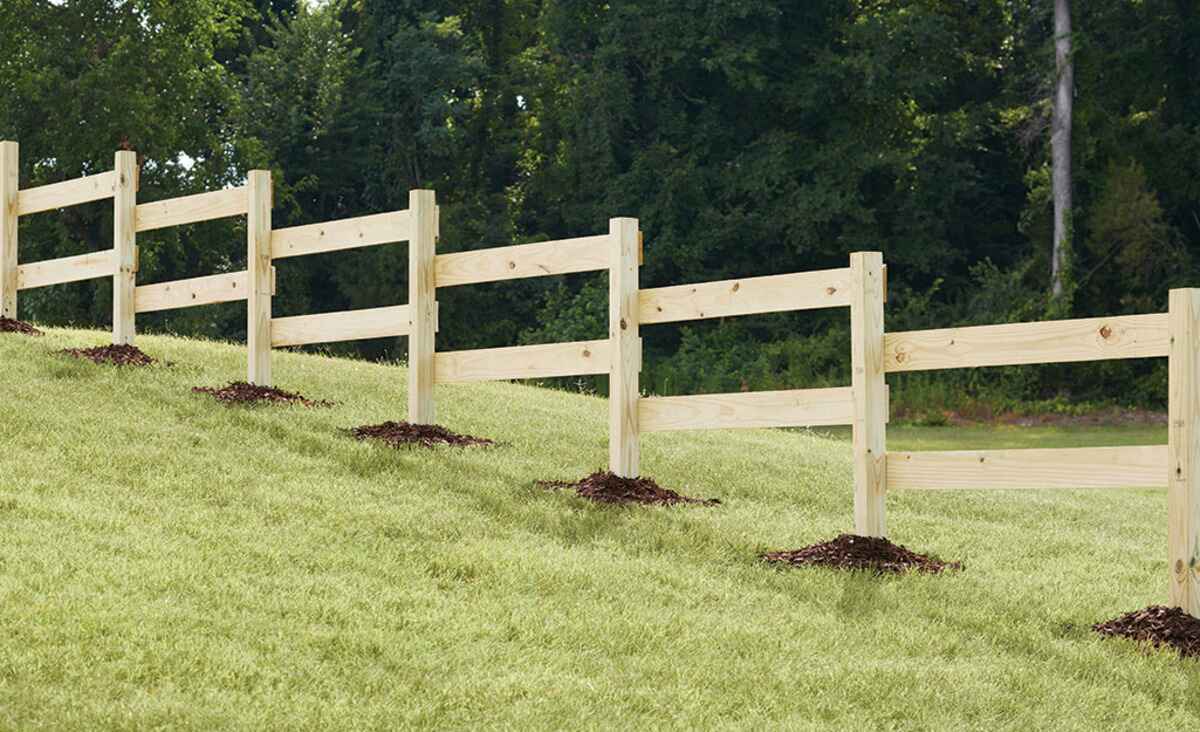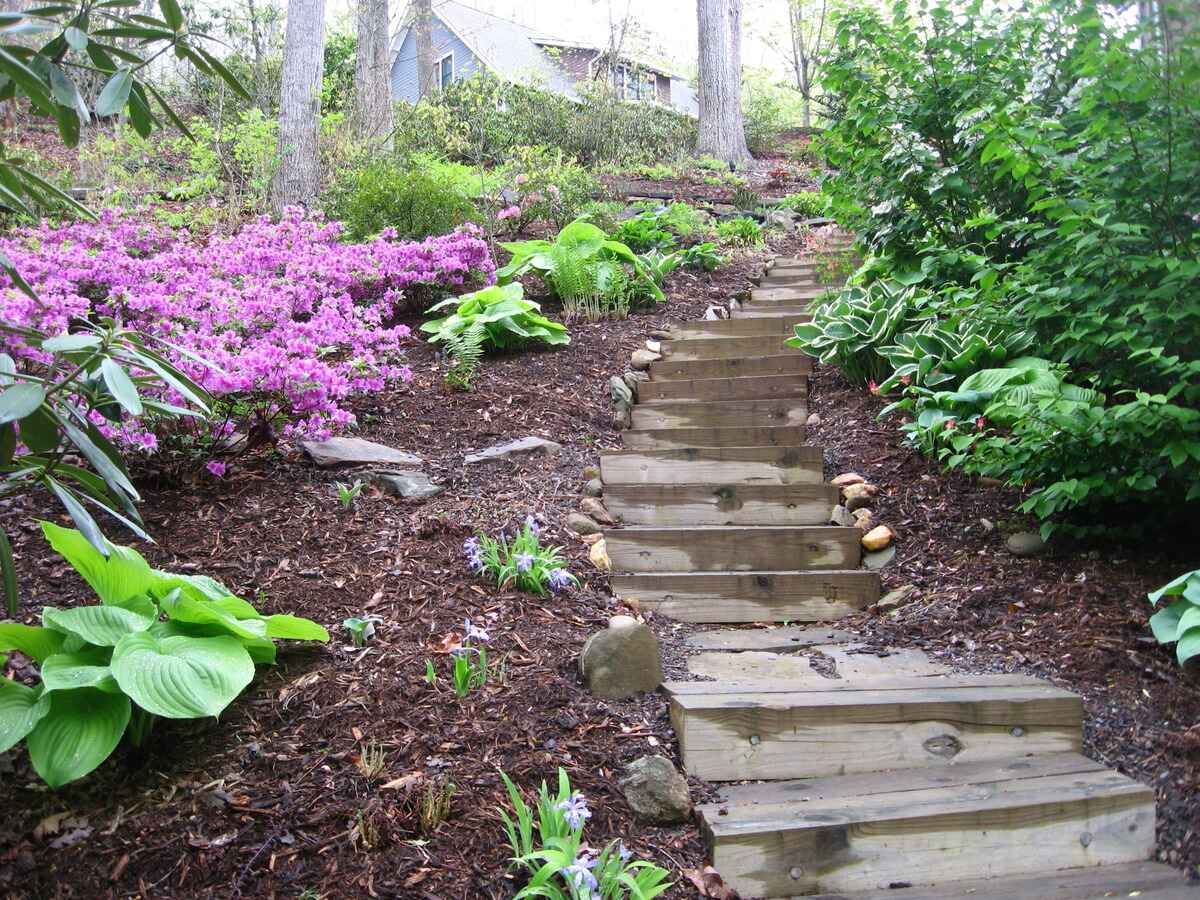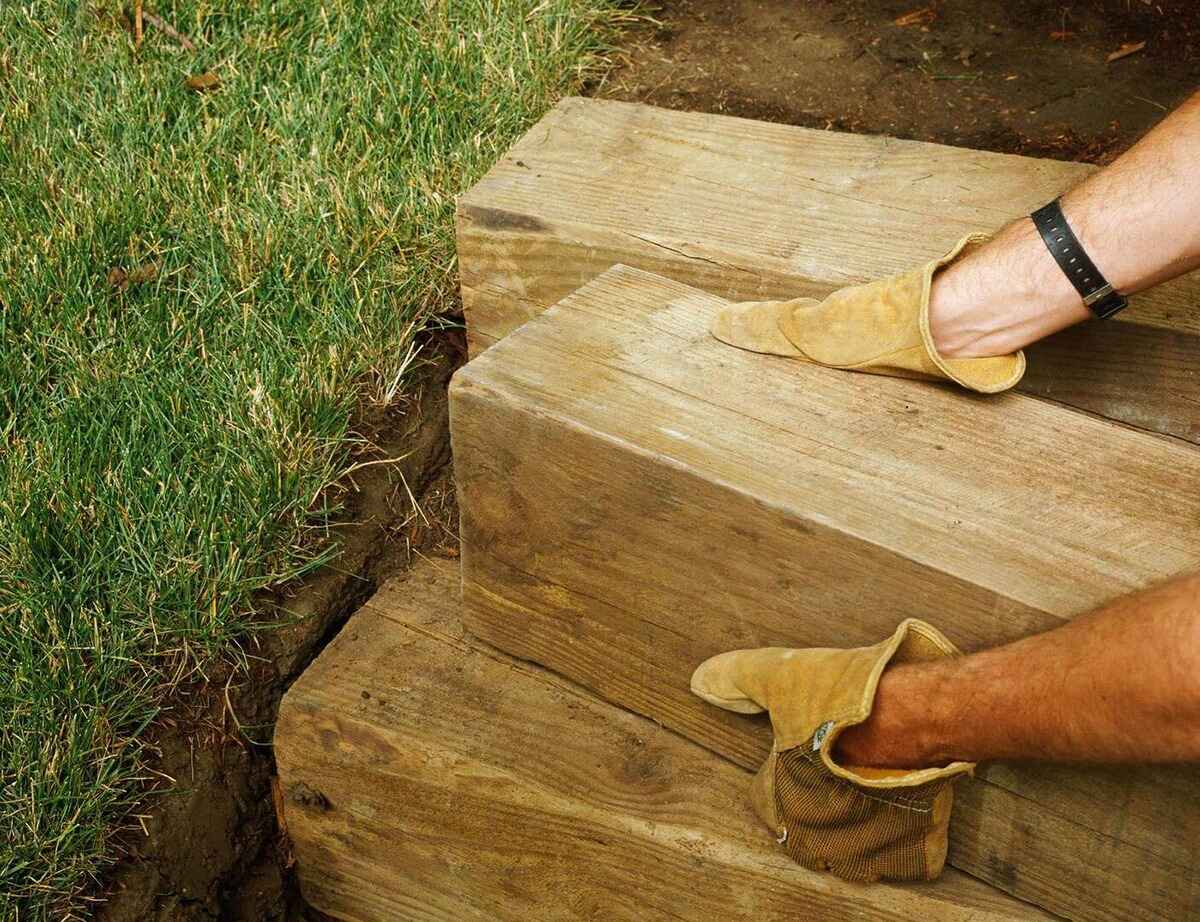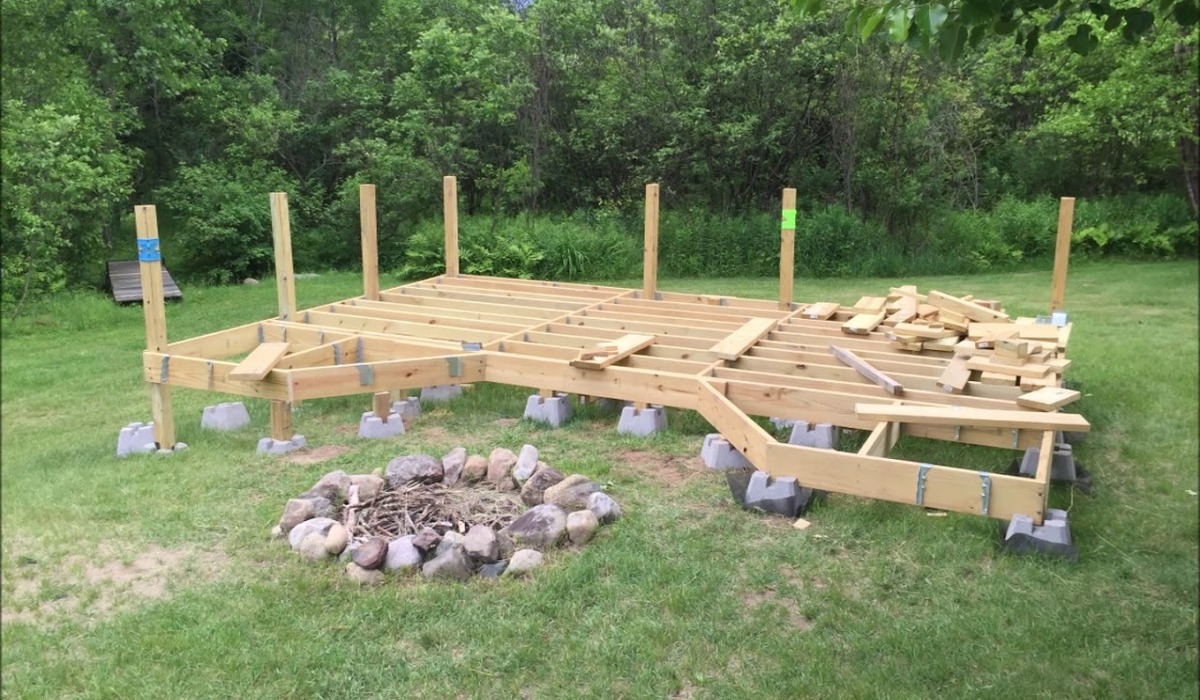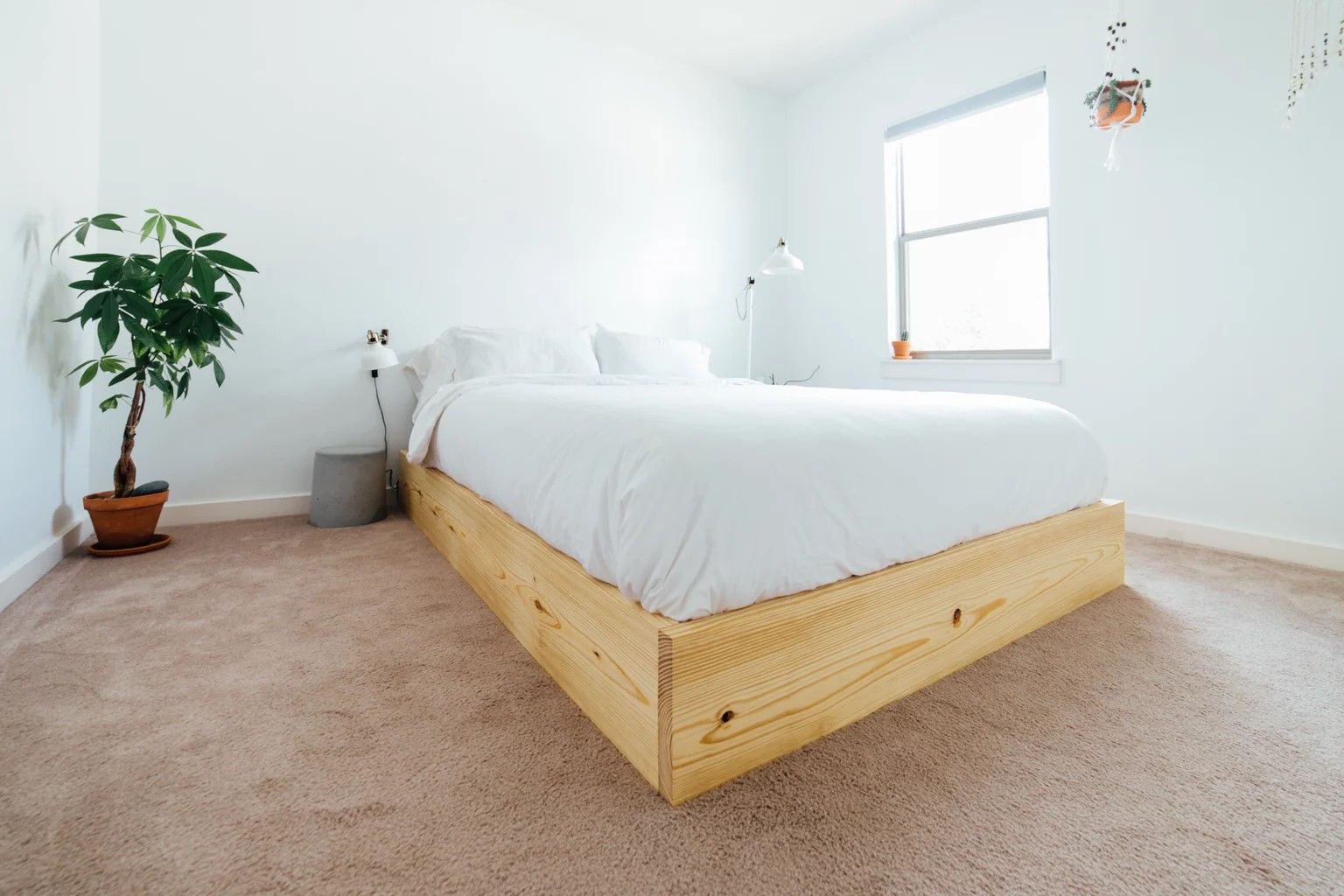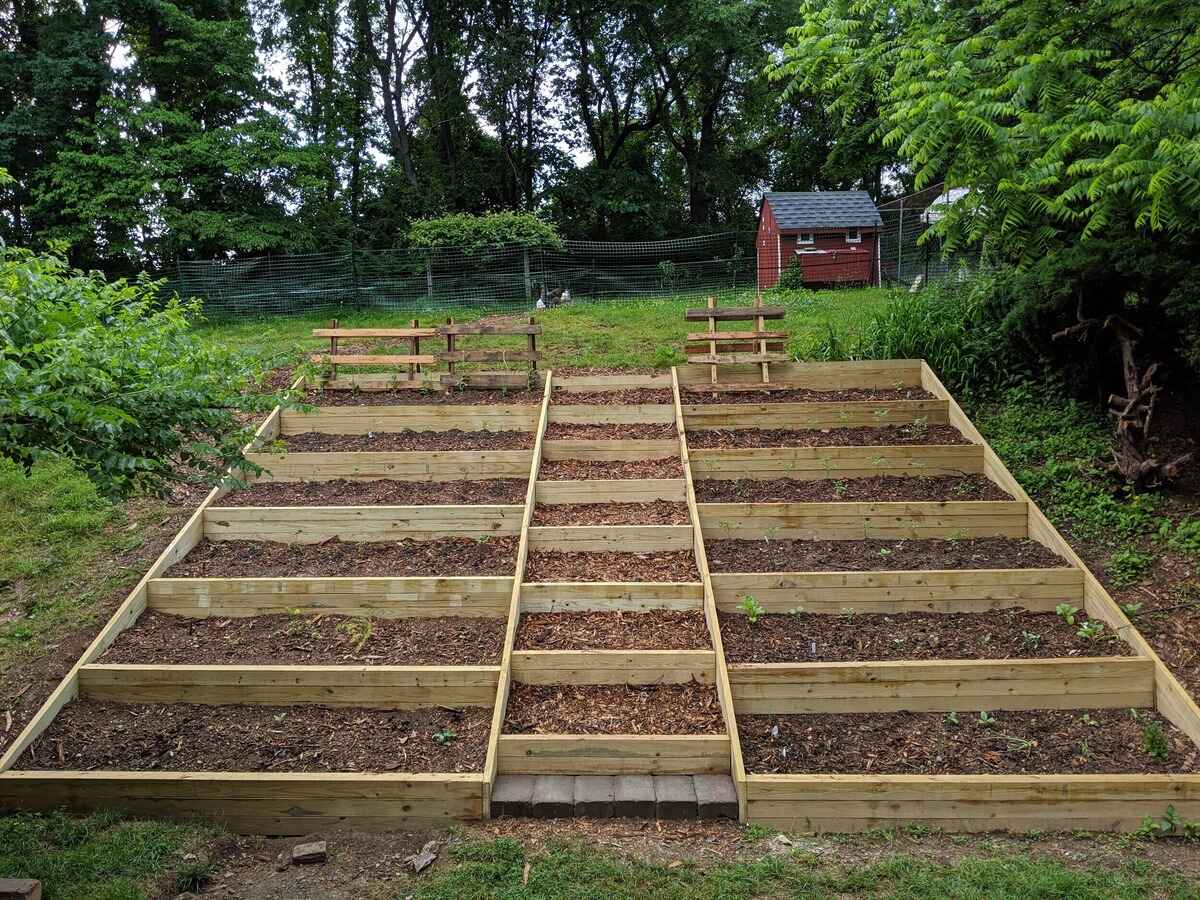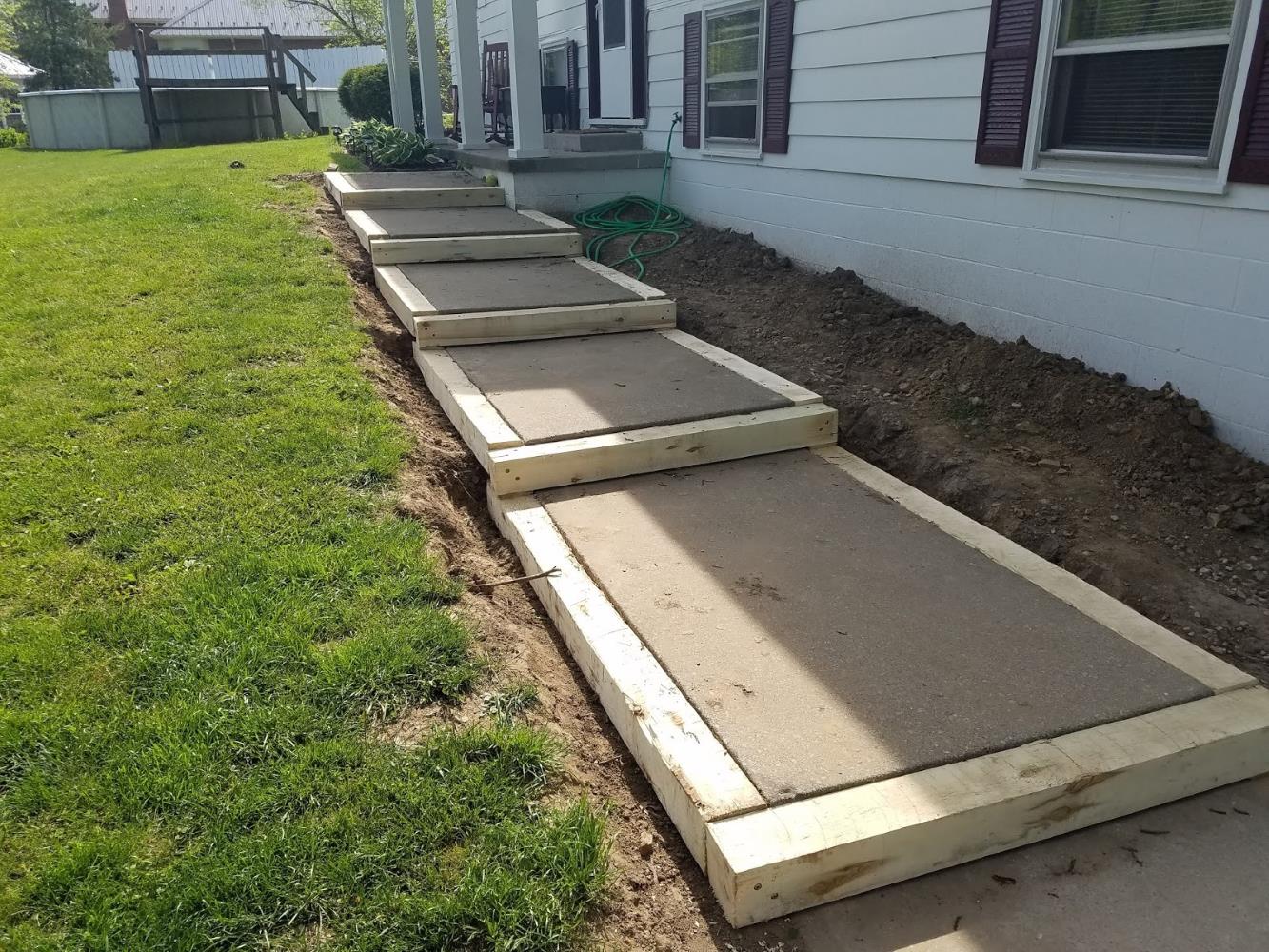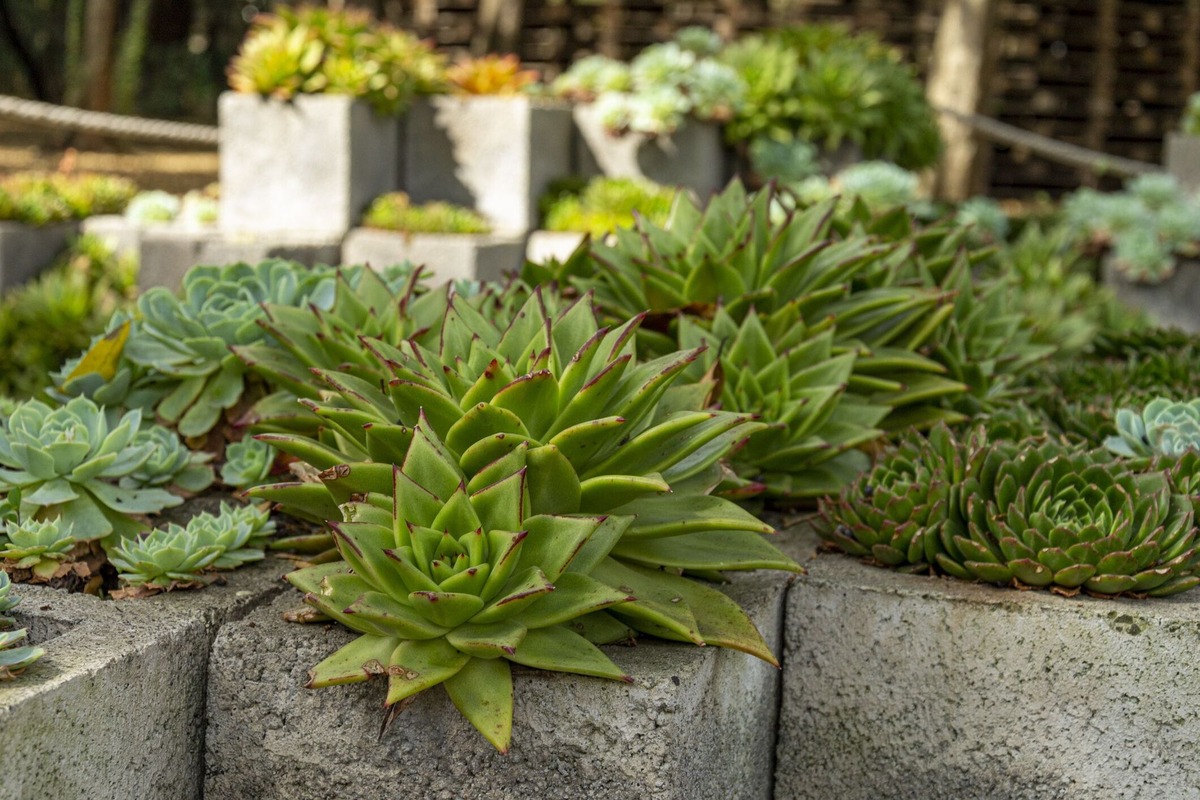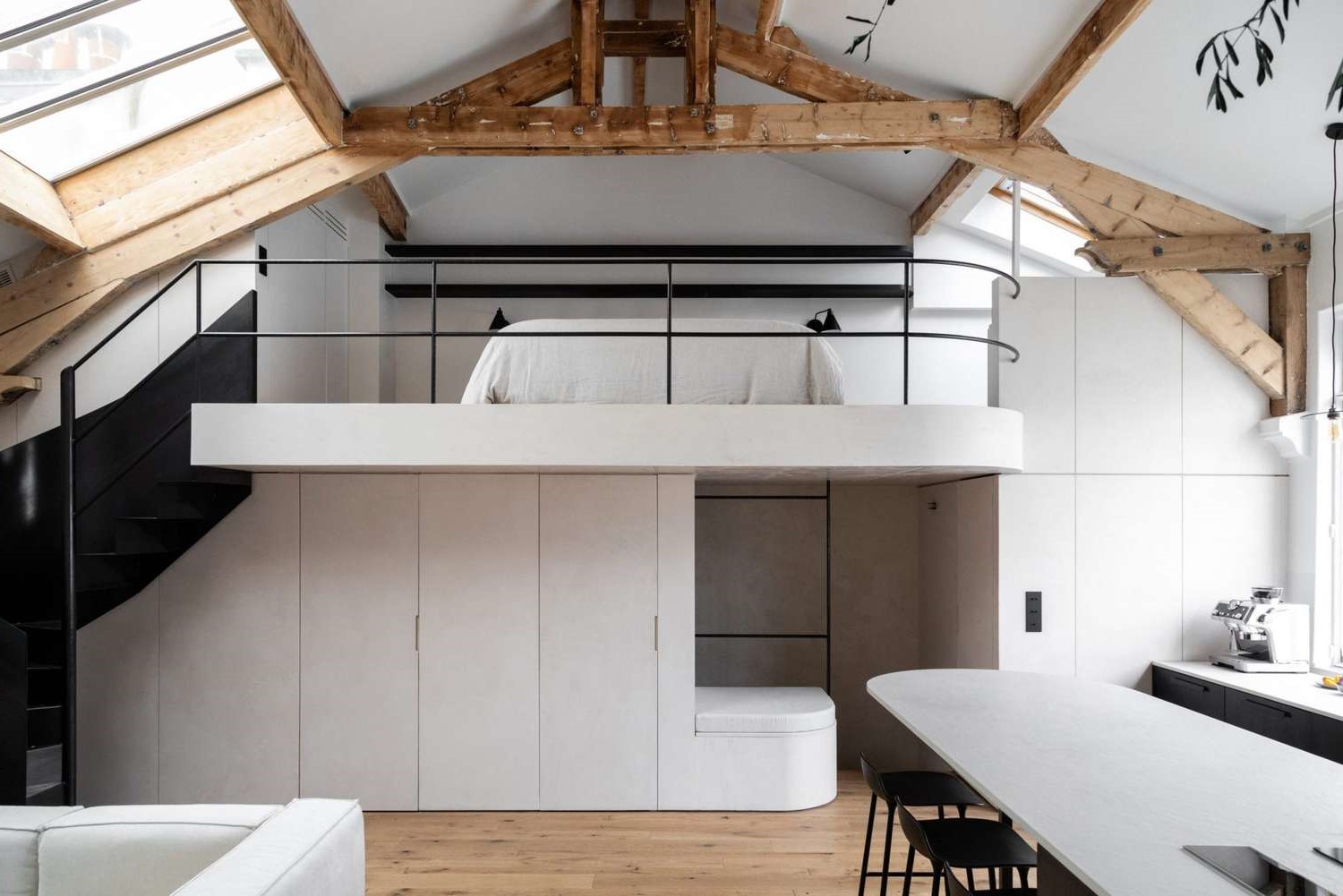Home>Outdoors & Camping>Landscaping>Sloped Garden DIY: How To Build Raised Beds On A Slope
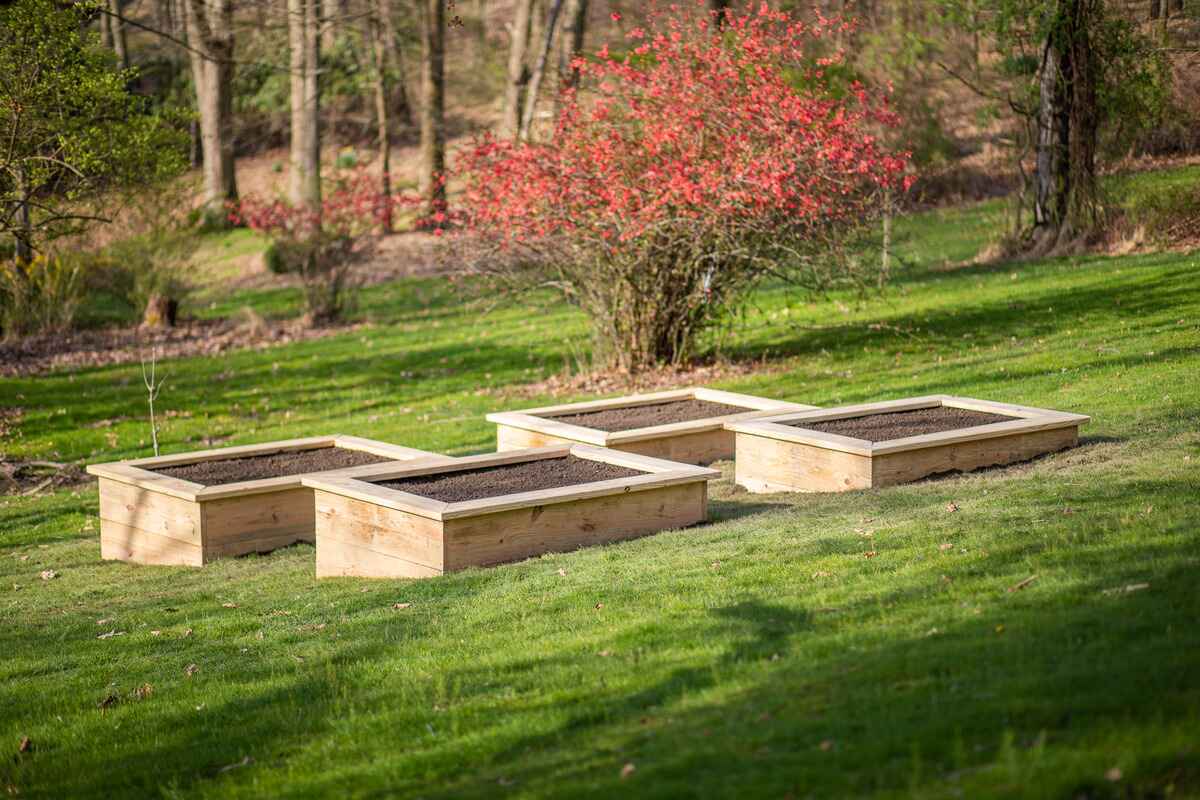

Landscaping
Sloped Garden DIY: How To Build Raised Beds On A Slope
Published: March 7, 2024

Content Creator for Outdoors & Camping, Sophie turns any yard into a sustainable paradise. Her dedication to DIY outdoor projects and volunteer work in community gardens shares joy and knowledge.
Learn how to tackle sloped garden landscaping with our step-by-step guide to building raised beds on a slope. Transform your outdoor space with our DIY tips!
(Many of the links in this article redirect to a specific reviewed product. Your purchase of these products through affiliate links helps to generate commission for Twigandthistle.com, at no extra cost. Learn more)
Introduction
Are you looking to make the most of your sloped garden? Building raised beds on a slope can be a fantastic solution to maximize your outdoor space and create a stunning garden. With the right techniques and materials, you can transform a challenging slope into a beautiful and functional garden area. In this article, we'll guide you through the process of building raised beds on a slope, from assessing the terrain to filling and planting the beds. Let's dive in and discover how to turn your sloped garden into a thriving oasis!
Read more: How To Install Raised Garden Beds
Assessing the Slope
When tackling a sloped garden, the first step is to assess the slope to understand its gradient and any potential challenges it may present. Here's how to do it:
-
Measure the Slope: Use a long piece of lumber and a level to determine the degree of the slope. This will help you understand the extent of the incline and plan for the necessary adjustments.
-
Observe Water Flow: Take note of how water flows down the slope during rainfall. This will help you identify areas that may be prone to erosion or water accumulation, allowing you to plan for proper drainage in your raised beds.
-
Soil Quality: Assess the soil quality on the slope. Determine if it's loose, compacted, or prone to erosion. Understanding the soil conditions will help you choose the right materials and techniques for building your raised beds.
By thoroughly assessing the slope, you'll be better equipped to plan and execute the construction of raised beds that not only work with the natural contours of the land but also mitigate any potential issues associated with the slope.
Choosing the Right Materials
Selecting the appropriate materials for building raised beds on a slope is crucial for ensuring the longevity and stability of your garden project. Here's what you need to consider when choosing the right materials:
-
Lumber: Opt for durable, rot-resistant lumber such as cedar or redwood. These materials can withstand the outdoor elements and provide long-lasting support for your raised beds.
-
Hardware: Use galvanized or stainless-steel hardware to secure the lumber. These materials are resistant to corrosion, ensuring the structural integrity of your raised beds over time.
-
Landscape Fabric: Incorporate landscape fabric to line the interior of the raised beds. This will help prevent soil erosion and maintain the integrity of the bed structure.
-
Drainage Material: Consider adding drainage material such as gravel at the base of the raised beds to facilitate proper water drainage and prevent waterlogging, especially on a sloped terrain.
-
Soil: Choose high-quality soil that is suitable for the plants you intend to grow. Consider amending the soil with organic matter to improve its fertility and drainage properties.
By carefully selecting the right materials, you can ensure that your raised beds are not only structurally sound but also conducive to healthy plant growth in a sloped garden setting.
Building the Retaining Walls
Constructing sturdy retaining walls is essential when building raised beds on a slope. These walls serve to hold back the soil within the beds, preventing erosion and maintaining the integrity of the garden structure. Here's a step-by-step guide to building the retaining walls for your raised beds:
-
Plan the Layout: Begin by marking the layout of your raised beds on the slope. Use stakes and string to outline the boundaries of each bed, taking into account the natural contours of the terrain.
-
Excavate and Level: Clear the area within the marked boundaries and ensure that the ground is leveled as much as possible. This will provide a stable foundation for the retaining walls.
-
Install the First Course: Place the first row of retaining wall blocks or stones along the bottom of the excavated area. Ensure that the blocks are level and securely positioned. Use a level to check for uniformity.
-
Build Upward: Stack additional rows of retaining wall blocks, ensuring that each layer is set back slightly to create a terraced effect. This step is crucial for providing stability and preventing soil pressure from causing the walls to collapse.
-
Backfill and Compact: As you build each row of the retaining walls, backfill the area behind the walls with gravel or well-compacted soil. This will provide additional support and help with drainage.
-
Anchor the Walls: Depending on the height and design of the retaining walls, it may be necessary to anchor them to the slope using geogrid or other stabilization methods. Follow the manufacturer's guidelines for proper installation.
-
Finish the Top: Once the retaining walls are built to the desired height, cap them with appropriate materials such as capstones or treated lumber. This not only enhances the visual appeal but also provides a level surface for the raised beds.
By following these steps, you can create robust and visually appealing retaining walls that effectively contain the soil within the raised beds, allowing you to make the most of your sloped garden while preventing erosion and maintaining a beautiful landscape.
Filling and Planting the Beds
Once the retaining walls are in place, it's time to fill and plant the raised beds on your sloped garden. This step is where you bring life to your garden and create a vibrant, flourishing space. Here's how to fill and plant your raised beds effectively:
-
Add Quality Soil: Begin by filling the raised beds with high-quality soil. Choose a well-draining mix that is rich in organic matter and suitable for the types of plants you plan to grow. Proper soil preparation is essential for healthy plant development.
-
Consider Terracing: If your slope is particularly steep, consider creating terraced planting areas within the raised beds. This can help prevent soil erosion and provide a more stable environment for your plants.
-
Plant Selection: When selecting plants for your raised beds, consider the sunlight exposure and water drainage on the slope. Choose plants that thrive in these conditions and complement the overall aesthetic of your garden.
-
Spacing and Arrangement: Pay attention to the spacing and arrangement of the plants within the raised beds. Consider the mature size of the plants and ensure they have adequate room to grow without overcrowding.
-
Mulching: Apply a layer of mulch to the surface of the soil to help retain moisture, suppress weeds, and regulate soil temperature. Mulching is particularly beneficial in sloped gardens to prevent soil erosion.
-
Watering and Maintenance: Establish a regular watering schedule for your plants, taking into account the unique watering needs of each species. Additionally, monitor the beds for erosion, especially after heavy rainfall, and make any necessary adjustments to maintain the integrity of the soil.
By following these steps, you can fill and plant your raised beds in a way that promotes healthy plant growth and enhances the visual appeal of your sloped garden. With proper care and attention, your raised beds will soon be teeming with lush vegetation, creating a stunning and functional landscape on your sloped terrain.
Read more: How To Make A Raised Garden Bed
Maintaining Your Sloped Garden
Maintaining a sloped garden with raised beds requires ongoing care and attention to ensure the longevity and vitality of your outdoor oasis. Here are essential maintenance tasks to keep your sloped garden in top condition:
-
Erosion Control: Regularly inspect the retaining walls and raised beds for any signs of erosion. Address any areas where soil may be washing away due to heavy rainfall or runoff. Adding erosion-control measures such as additional mulch, strategically placed rocks, or erosion-control blankets can help mitigate soil loss.
-
Weed Management: Stay vigilant against weeds that may take root in the raised beds. Regularly remove any unwanted vegetation to prevent competition for nutrients and water. Applying a layer of mulch can also help suppress weed growth while retaining moisture in the soil.
-
Watering: Monitor the moisture levels in the raised beds, especially on a sloped terrain where water drainage can vary. Adjust your watering schedule based on the specific needs of the plants and the prevailing weather conditions. Consider installing drip irrigation systems to ensure efficient and targeted watering.
-
Pruning and Trimming: Keep plants in the raised beds well-maintained by pruning and trimming as needed. This not only promotes healthy growth but also enhances the overall aesthetic of your garden. Remove any dead or diseased foliage to prevent the spread of diseases.
-
Soil Care: Periodically assess the quality of the soil in the raised beds. Add organic matter such as compost or well-rotted manure to replenish nutrients and improve soil structure. Conduct soil tests to monitor pH levels and nutrient content, making adjustments as necessary.
-
Structural Integrity: Regularly inspect the retaining walls, ensuring that they remain structurally sound and free from any signs of damage. Address any issues promptly to prevent potential failures that could compromise the stability of the raised beds.
-
Seasonal Adjustments: Adapt your gardening practices to the changing seasons. In colder months, consider adding protective mulch or row covers to shield plants from frost. During warmer seasons, provide adequate shade and hydration for plants exposed to intense sunlight.
By staying proactive with maintenance, you can preserve the beauty and functionality of your sloped garden, allowing it to thrive and evolve with the changing seasons. With a little ongoing care, your raised beds on a slope will continue to be a source of natural beauty and enjoyment for years to come.

